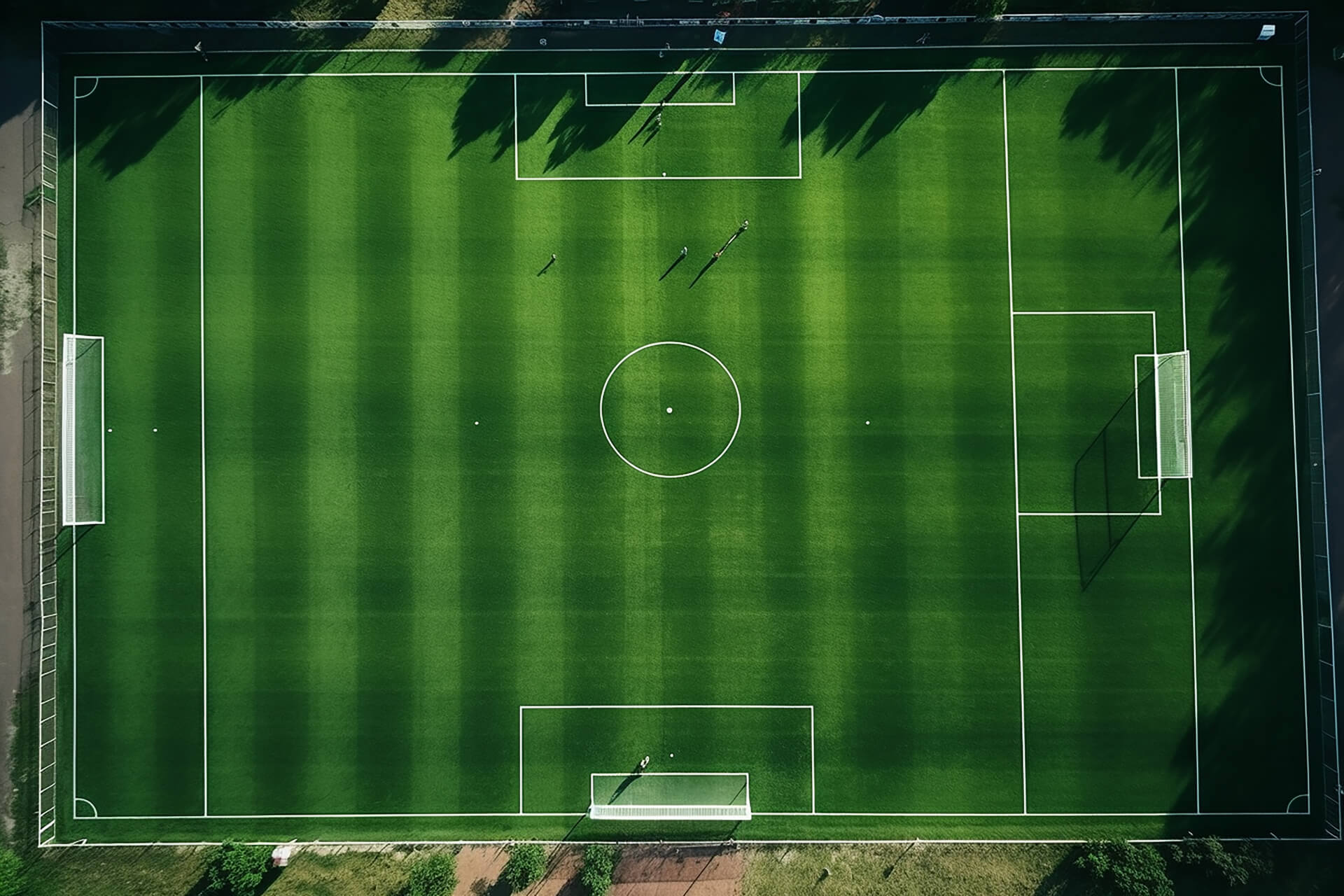Soccer is the world’s most popular sport, but if you aren’t familiar with the game, it can get confusing. Understanding each position on the field can help. If you are new soccer parents, don’t get caught on the backfoot if your soccer star is moved positions. Read this to understand soccer positions on the field and the gear required for each role.
- The Goalkeeper (GK), who wears a different color jersey, is the last line of defense. Their primary role is to prevent the opposing team from scoring by stopping shots on goal and are the only players on the field allowed to use their hands. Goalkeepers are known for their agility, reflexes, and ability to make crucial saves. This position requires specialized gear to ensure safety and performance including:
- Goalkeeper gloves are essential for a secure grip on the ball and protection from hard shots.
- Goalkeeper jerseys are typically a different color from the rest of the team for easy identification.
- Goalkeeper pants or shorts are designed with extra padding to minimize the impact of dives and slides.
- Goalkeeper cleats are sturdy footwear with good traction for quick movements.
- Defenders play a vital role in protecting the goal and stopping the opponent’s attacks. There are several types of defenders including Center Back (CB) and Right Back (RB) and Left Back (LB). Wide sitting defenders may also be called Full Backs (FB). CBs are positioned centrally for defense and their main responsibility is intercepting passes, blocking shots, and marking opposing strikers. RB and LBs are positioned on the right and left side of the defense. Both have defensive duties to stop the opponent’s team from scoring. Defenders require gear that provides protection and supports their mobility. This includes:
- Cleats provide traction for quick movements and stability.
- Shin guards protect the lower legs from tackles and collisions.
- Jersey and shorts that are made from breathable materials for comfort.
- Soccer socks to hold shin guards and keep soccer players feet cool and dry.
- Midfielders are the engine of the team, connecting defense to offense and controlling the flow of the game. Different types of midfielders include Central Defensive Midfielder (CDM), Central Midfielder (CM), and Central Attacking Midfielder (CAM). The CDM connects defense with offense. They intercept passes and provide structure to help build attacks from defensive players. They are positioned at the front of the defense, providing a shield for the backline. They distribute passes, tackle opponents and help regain possession. The CM operates in the middle of the field and is involved in both defense and offense. The CM moves the ball and helps the team maintain possession. Its worth noting that some formations could have LM (Left Midfielder) and RM (Right Midfielder). A 4-4-2 scenario would have a CDM, LM, RM, and CAM. A 4-3-3 scenario would have two CAMs and one CDM. The LM/RM play on either side of the field near the sidelines and help cross or pass the ball into dangerous areas on the opposing team’s end. They are known for their stamina, pace and dribbling ability. The CAM is known for their creativity and ability to create goal-scoring opportunities. They are often referred to as the ‘play-makers’ and are positioned closer to the opponent’s goal. They are primarily responsible for creating goal-scoring opportunities and supporting forwards. Midfielders require versatile gear to help them navigate both defensive and offensive duties including:
- Cleats give the player traction and stability.
- Shin guards to protect against tackles and challenges.
- Jersey and shorts that are comfortable.
- Soccer socks to ensure a snug fit with shin guards.
- Forwards, also known as strikers (ST), are the players responsible for scoring goals. They are known for their shooting ability, composure, and ability to maintain possession while waiting for support. There are various types of forwards including Center Forward (CF) and Wingers that are either Right Winger (RW) or Left Winger (LW). Similar to LM/RMs, Wingers play on either side of the field and help score goals and play the ball into the most dangerous areas on the field. They are more offensively focused than LM/RMs. CFs are positioned centrally in attacking. They are often the primary goal scorer and use their strength and skill to create goals. RW and LW are positioned on the right and left sides of the goal. They are known for their speed, dribbling and fast feet to score! Similar to Defenders and Midfielders, they require the following gear:
- Cleats that are lightweight and designed for quick movements and sharp turns.
- Shin guards that protect their lower legs.
- Jersey and shorts that are allow for peak performance.
- Soccer socks that are comfortable and keep shin guards in place.
Understanding soccer positions can enhance your appreciation of the game. Whether you are a player, a coach, or a fan, recognizing the positions helps to understand how each player contributes to the game of soccer. If you would like to learn more about how soccer specifically supports a certain position, visit your local European Sports store or shop online today.

